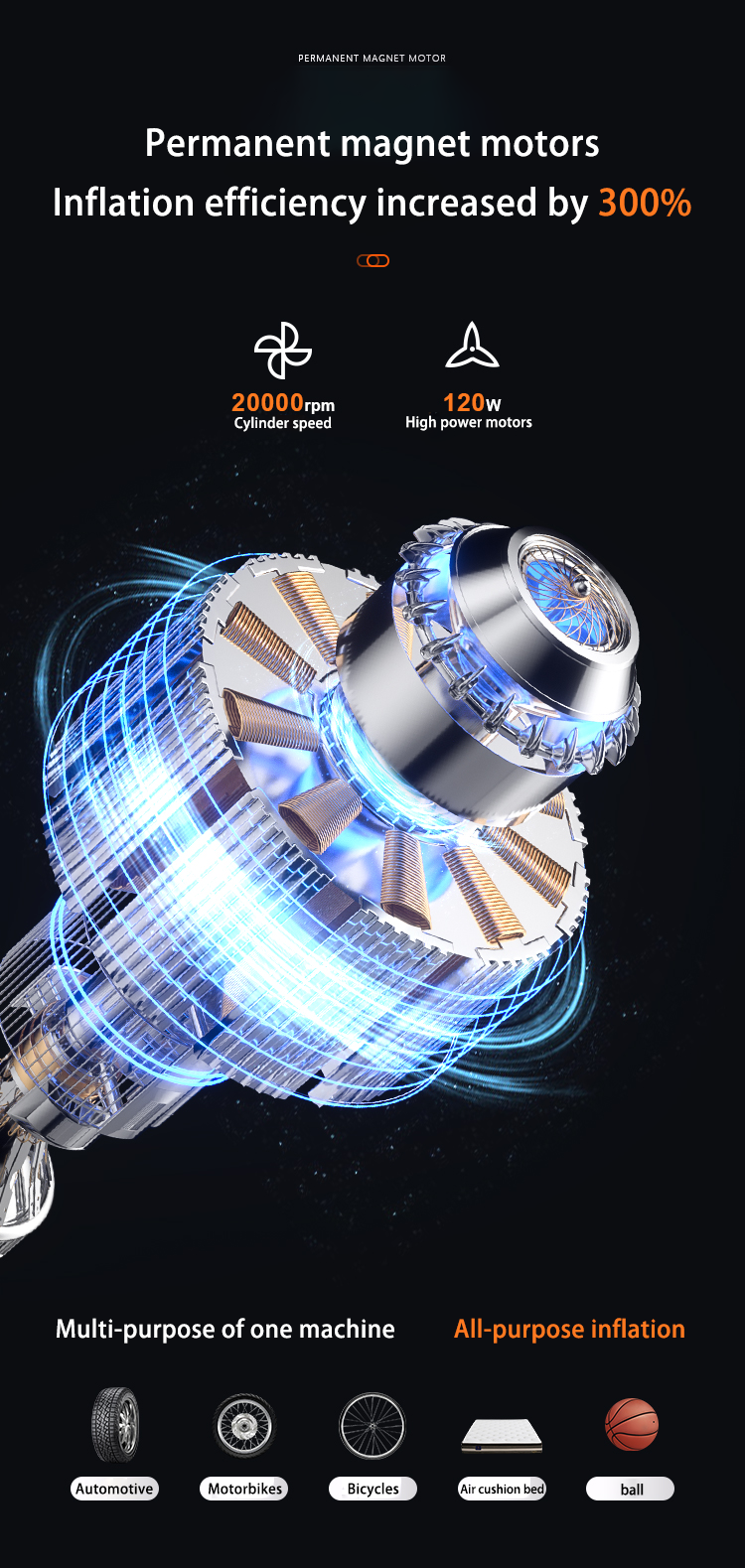Can Emergency Start Devices Function Properly in Adverse Weather Conditions?
August 03,2023
Introduction
Emergency start devices are essential tools that provide a backup power source during critical situations. However, a crucial question arises regarding their functionality in adverse weather conditions. This blog aims to explore the reliability and effectiveness of emergency start devices in challenging weather conditions.

Understanding Emergency Start Devices
Emergency start devices, also known as jump starters or booster packs, are portable power sources used to jump-start vehicles or provide temporary power during emergencies. They typically consist of a battery, cables, and various safety features.
Factors Affecting Performance in Adverse Weather Conditions
- Temperature Extremes: Extremely cold or hot weather can affect the battery’s performance and reduce its capacity to deliver sufficient power.
- Moisture and Water Resistance: Emergency start devices should be designed to withstand moisture and water exposure to ensure their functionality in adverse weather conditions.
- Corrosion Resistance: Components of the device, such as cables and connectors, should be corrosion-resistant to maintain proper electrical connections.
Cold Weather Performance
- Battery Capacity: Cold temperatures can reduce the battery’s capacity, affecting its ability to deliver the required power. Manufacturers often provide information on the device’s cold cranking amps (CCA), indicating its performance in cold weather.
- Cold Start Assistance: Some emergency start devices come with additional features like a cold start mode, which optimises the power delivery for starting vehicles in cold weather.
Hot Weather Performance
- Battery Lifespan: High temperatures can accelerate the ageing process of the battery, reducing its overall lifespan. It is crucial to consider the device’s temperature range specifications to ensure its effectiveness in hot weather conditions.
- Thermal Protection: Emergency start devices should incorporate thermal protection mechanisms to prevent overheating and ensure safe operation.
Moisture and Water Resistance
- IP Rating: The International Protection (IP) rating indicates the device’s resistance to moisture and water. Higher IP ratings ensure better protection against adverse weather conditions.
- Sealed Connectors: Waterproof connectors and cables are essential to maintaining proper electrical connections, even in wet conditions.
Corrosion Resistance
- Materials and Coatings: Emergency start devices should be constructed using corrosion-resistant materials and coatings to prevent degradation of connectors and cables over time.
- Regular Maintenance: Regular inspection and cleaning of connectors and cables can help prevent corrosion and ensure optimal performance.
Precautions and Best Practises
- Storage: Storing emergency start devices in a cool and dry place can help maintain their performance and extend their lifespan.
- Regular Testing: Periodically testing the device’s functionality, especially before adverse weather conditions, can ensure its reliability during emergencies.
- Manufacturer Guidelines: Following the manufacturer’s guidelines regarding usage, maintenance, and temperature limitations is crucial for optimal performance.
Conclusion
Emergency start devices are designed to provide a reliable power source during critical situations. While adverse weather conditions can pose challenges, manufacturers incorporate various features to ensure functionality. It is essential to consider factors such as temperature extremes, moisture resistance, and corrosion resistance when selecting an emergency start device. Regular maintenance and adherence to manufacturer guidelines can further enhance their performance and reliability, making them a valuable tool in adverse weather conditions.